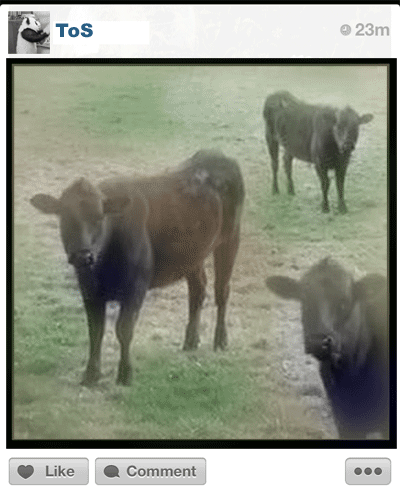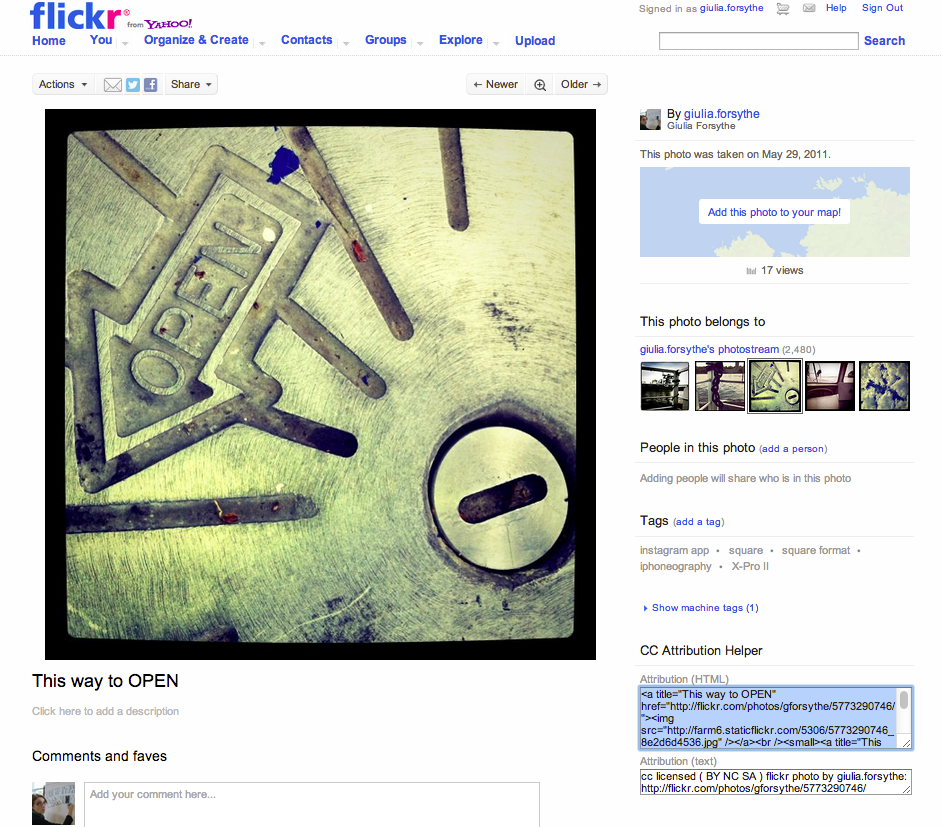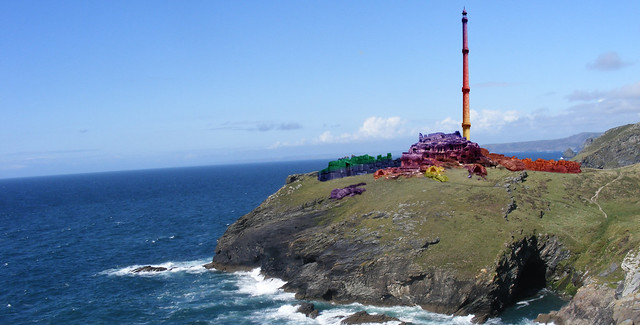New blog post: “ds106zone: You are About to Enter Another Dimension” bavatuesdays.com/ds106zone-you-… #ds106 #ds106 #soitbegins
— Jim Groom (@jimgroom) May 13, 2013
When Jim Groom lights up #ds106 you can feel the energy waves transmorgify. I for one am darned excited because I now get to be a humble open participant in ds106, and the 5 week may summer session of the #ds106zone already has that giddy feeling as people are riding the momentum.
When jim had first described the idea of re-writing/producing classic twilight Zone episodes with a modern slant, one that jumped out me was the last one from Season 1, A World Of His Own. Writer Gregory West apparently is so good at character creation, he can actually conjure them up in real peace just be describing them into his microphone. His wife, Victoria, is not pleased to see the blonde vixen Gregory creates to talk to, and alas, we see he undoes his creation by removing the tape and tossing it on the fire.
That is some creative power.
What I always liked about this episode is the fun play in the closing comments- usually Rod Serling is off in his own space with the commentary, but here he interacts with the characters, and we see how powerful Gregory West really is:

A Serling of His Own?
To make this GIF, I grabbed the second part of the series from YouTube, used pwnYouTube to save as MP4, and trimmed (MPEG StreamClip) the closing bit where Serling gets his dose. I save as a .mov since thats what PhotoShop CS5 can import into layers (using every 10th frame). I then went through the frames to remove as many non essential ones as needed, played with the timing. It’s a longer sequence than I normally do, but black and white videos are good fog GIFfing because you can reduce the color palette- I got it down to just `6 colors, so although 36 frames, its just a shade over 1 Mb.
I thought of this episode as maybe a recasting for the idea of moden digital identities. We create them ourselves, and maybe some people get good enough that their constructed personas are mistaken for real people. I cannot seem to find the info, but there was some case in New Zealand in the late 1990s, where some librarian won an internet award, and her whole persona turned out to be conjured up by some IT dude.
But it struck home at last week’s C|NET story about Google’s Schmidt: The Internet needs a delete button:
The Internet needs a delete button, Google Executive Chairman Eric Schmidt said Monday.
Actions someone takes when young can haunt the person forever, Schmidt said, because the information will always be on the Internet. He used the example of a young person who committed a crime that could be expunged from his record when he’s an adult. But information about that crime could remain online, preventing the person from finding a job.“In America, there’s a sense of fairness that’s culturally true for all of us,” Schmidt said. “The lack of a delete button on the Internet is a significant issue. There is a time when erasure is a right thing.”
Now if any entity has the ability to make content disappear, it is Google. They have numerous times made content “deleted” by removing it from the search results.
Introducing Googly West, who has a World of Its Own?
I know many people can nod with agreement about the sad case of created by Schmidt- but check this assumption at the door- “But information about that crime could remain online, preventing the person from finding a job.” This is not a technical issue but a policy one.
Now of course if said false news was out there about me, I might feel differently right?
No.
It is a weak argument to suggest that one false fact about me on the internet would prevent me from getting a job. And this is the thing about the internet- we have to accept that for the value of everything gained from free and open information, that there can be wrong information out there, maybe dangerous.
And that is why being an advocate of openness means that I am not a mere victim of someone else’s erroneous information, if I am actively maintaining and publishing my own stream of positive content. That is the heart fo Reclaiming Our Identity- not “taking it back” but Asserting it Ourselves. So if you are leaving your online tracks to be cast by Facebook/Google/Twitter et al, well you are not asserting.
But who am I to think I know more about the internet than the Executive Chairman of Google? I make no claim. But his claim that “we need a delete button” throws a stake in the heart of the concept of the open web, because it says then that someone. some entity some company say located in southern California, controls what is on or not on the internet. It says that someone gets to make a judgement call.
From my 20+ years of being online, that is not how the ecosystem works.
And we do not want to live in that Twilight Zone? It’s not Gregory West tossing our tapes on the fire or Eric Schmidt pressing a Big Red Button- that is one us to be actively doing/managing/asserting in out online activity.
Woah, what started as a GIF ended up in a rant. I’m eager to play some more with the Zone, but GIFs are low hanging fruit, it will get more interesting when we see more design riffs and mashups/remixes happen.
Get in the Zone!



















